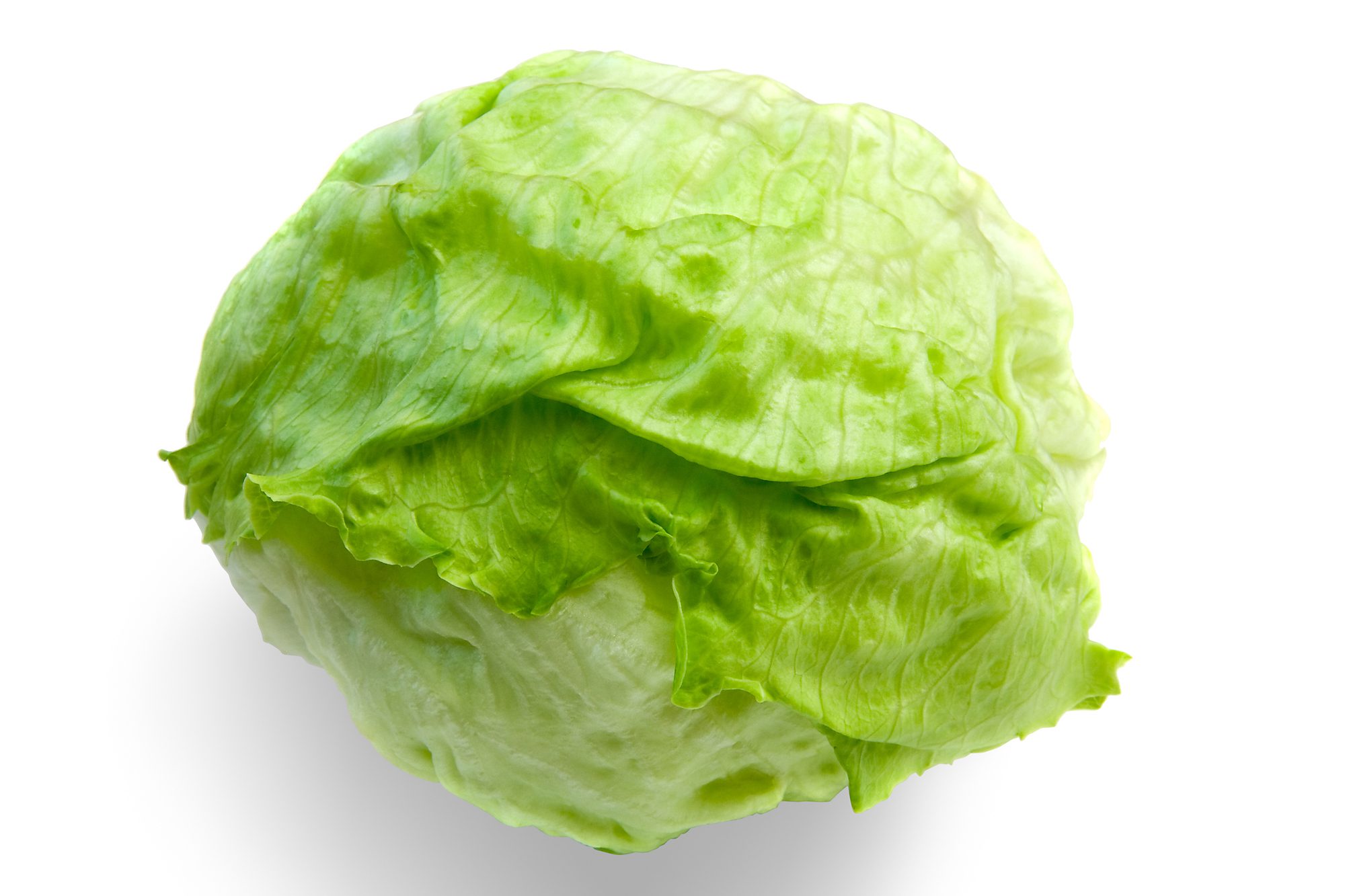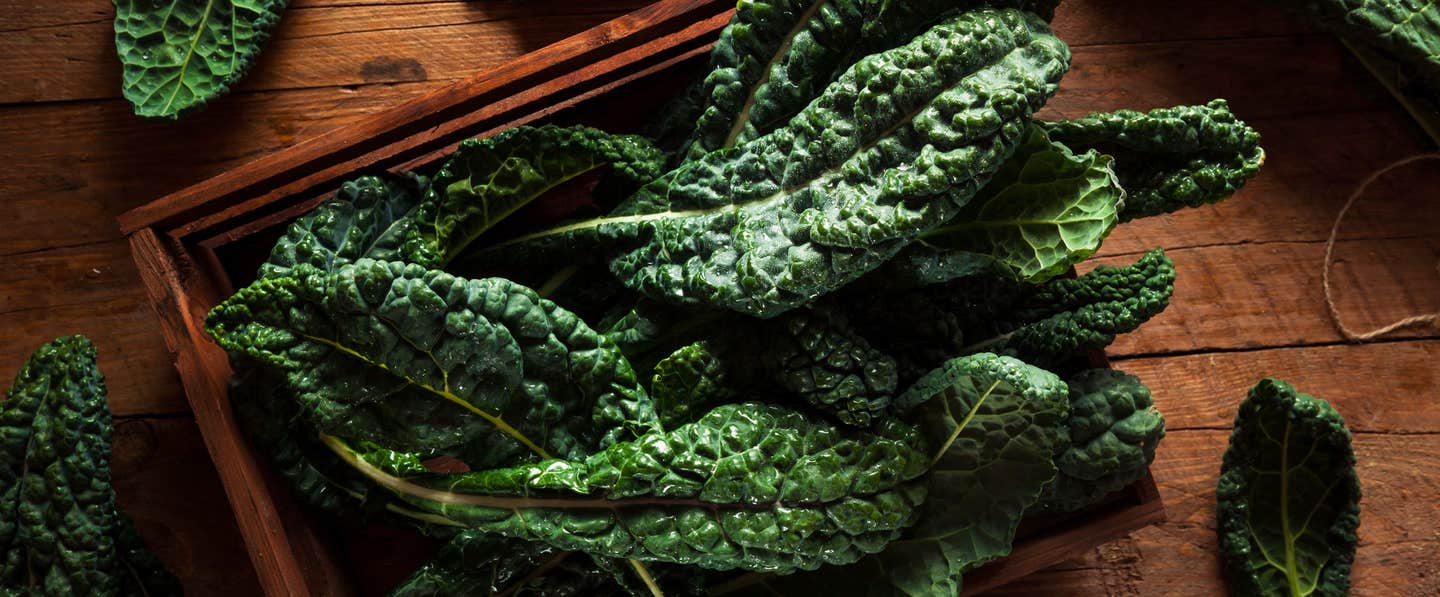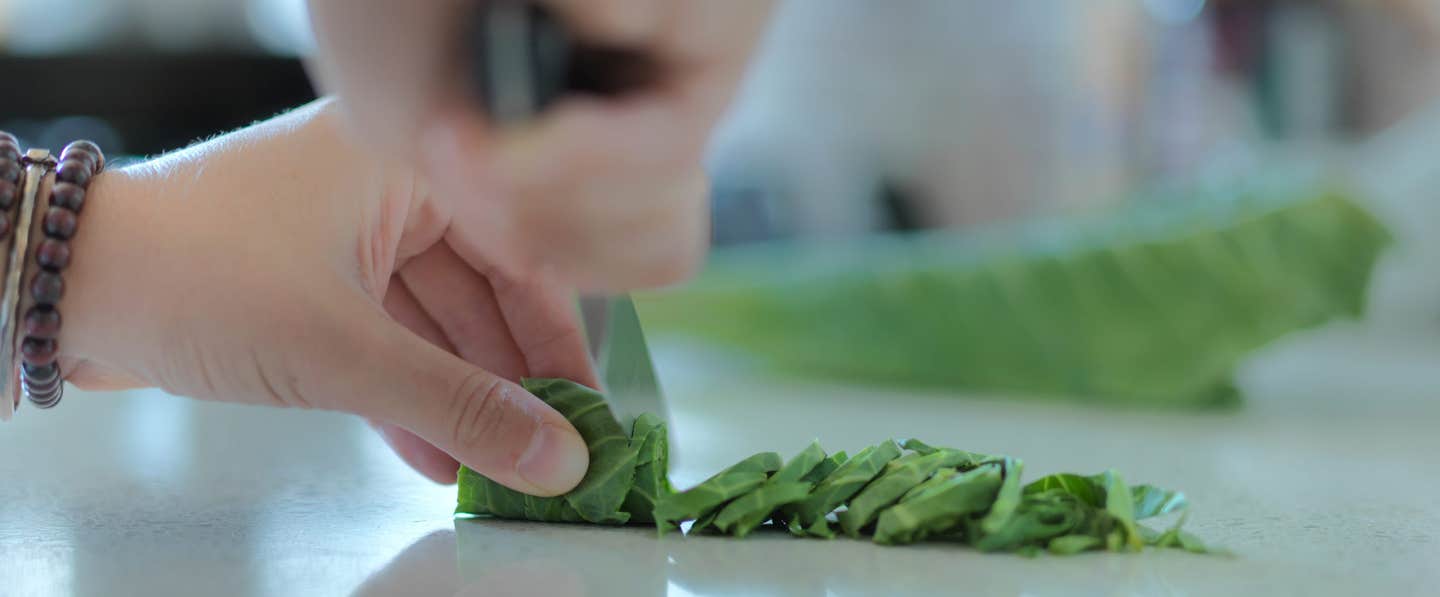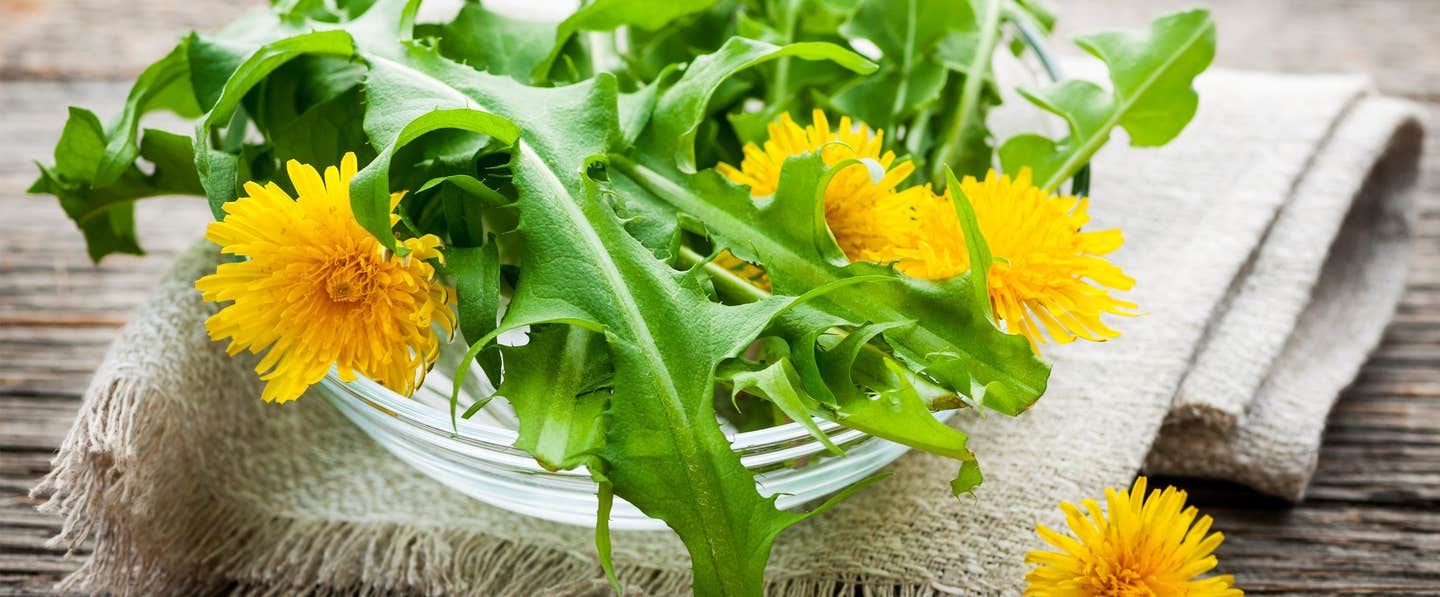There are many varieties of lettuce out there, but most kinds that you’ll see in the grocery store fall into one of these five buckets. Learn each category’s characteristics—plus which are best for grilling, sandwiches, salads, wraps, and more.
Types of Lettuce
Crisphead Lettuce
Iceberg is the best-known member of this family, which features firm, round heads and mild, crunchy, juicy leaves. The crisphead family also includes French Crisp or Batavia with ruffled leaves on the outside and a firmer head in the center.
When to Use It
—Tossed salads
—Taco fillings
—Veggie burgers
—Sandwiches (where their crispness can really shine)
—Lettuce wraps (French Crisp is the best variety for this)
Butterhead
Butterhead has loosely formed heads of soft, tender red or green leaves. Boston and bibb are the most common butterhead types you’ll find. There are some sensational heirloom varieties as well, with picturesque names like Tom Thumb, buttercrunch, and May queen.
When to Use It
—Elegant salads with light dressings
—Sandwiches (the leaves lie nice and flat)
—Beds of greens
—Lettuce cups and wraps
Loose Leaf Lettuce
Loose leaf lettuce has frilly red or green leaves that branch out in rosettes from a single stalk. The hearty, flavorful varieties often have “leaf” in their names (e.g., green leaf, red leaf, and oak leaf). They are also gardener favorites because they grow quickly, withstand temperature extremes well, and can be picked leaf by leaf as needed.
When to Use It
Loose leaf is great for pretty much anything except grilling. Also note that shapely varieties like oak leaf are too small for wraps.
Romaine
Yes, there is more than one member of this family of oblong lettuce heads. Others include the Luscious Gem, a small, ultra-sweet romaine-type that lives up to its name, and Garnet Rose, a vibrant red heirloom. Romaine lettuces offer the best of both worlds with leaves that are sweet and tender at the tips, crunchy and slightly bitter at the base.
When to Use It
—Salads with thick or creamy dressings
—All types of sandwiches
—Lettuce wraps
—Grilling
Endive
Strictly speaking, endives are not members of the lettuce family, but the bitter greens closely resemble their leafy neighbors in the produce section. The endive family includes small, oblong Belgian endive and radicchio, as well as large, frilly frisée and escarole.
When to Use It
—Adding texture and flavor to salads
—Belgian endive and radicchio leaves work well as sturdy lettuce cups
Celtuce
Celtuce, also called stem lettuce, celery lettuce, or asparagus lettuce, is a lettuce variety that hails from China. It is grown and sold primarily for its long, thick stem, which is cooked like a root vegetable. The leaves can be prepared like other lettuces.
What to Look for When Buying
First, check that the leaves on a lettuce head look fresh and firm and show no signs of browning. Then turn it over and check the base. It should look dry and not too dark. Stems begin to discolor after they are cut, so the darker the base, the longer it has been sitting since harvest time.
What’s the Best Way to Wash Lettuce?
To wash, first pull apart the leaves, and then swish them around in a sink or large bowl filled with cold water to remove dirt and sand. Some farm-grown lettuces may require a double dunking to get rid of all the grit.
Completely dry washed leaves by whizzing them in a salad spinner (work in batches if you have a lot of lettuce to dry) or by wrapping them in clean kitchen towels to blot off moisture. Store washed, dried lettuce leaves in the salad spinner, in a resealable bag, or in a large, lidded container in the fridge.
Is There Any Way to Revive Wilted Lettuce?
Most leaves will perk back up after a 15-minute soak in cold water. If that doesn’t work, don’t toss the greens out! Chop them and add to soups, stews, and grain dishes. They’ll wilt like spinach and add a fresh, grassy flavor and meltingly tender texture.
Recipes to Try

Related News
Get Our Best Price On The Forks Meal Planner

Forks Meal Planner takes the guess work out of making nutritious meals the whole family will enjoy.
SAVE $200 ON OUR ULTIMATE COURSE

Join our best-selling course at a new lower price!




